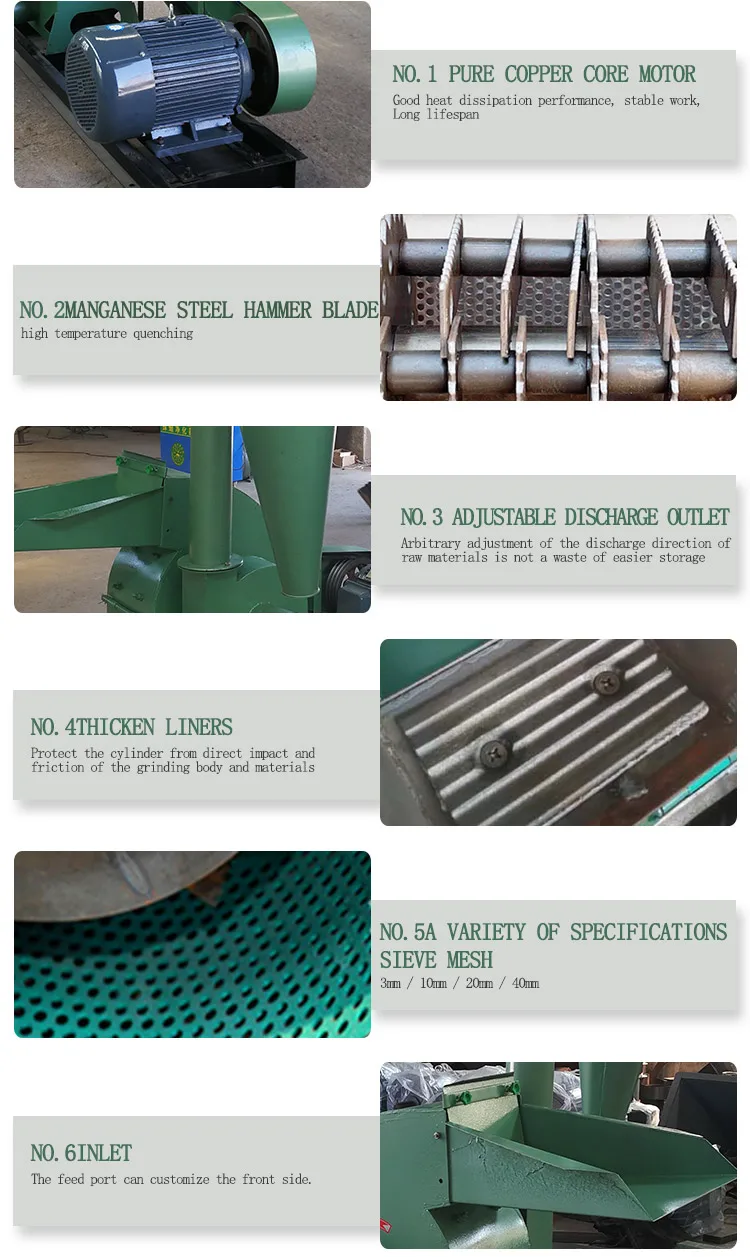Efficient Design and Functionality of Feed Pellet Cooling Systems for Optimal Performance
Oct . 15, 2024 19:02 Back to list
Efficient Design and Functionality of Feed Pellet Cooling Systems for Optimal Performance
Understanding Feed Pellet Coolers Importance and Functionality
In the modern livestock and aquaculture industries, feed pellet coolers play a crucial role in the quality and nutritional value of feed. These specialized machines are designed to lower the temperature of pelletized feed after the granulation process, ensuring the pellets maintain their integrity and nutritional benefits. In this article, we will delve into the importance, functioning, and benefits of feed pellet coolers.
The Role of Feed Pellet Coolers
When feed is pelletized, the process typically involves the application of heat and pressure to shape the ingredients into desired pellets. While this process is essential for improving feed digestibility and reducing waste, it also raises the temperature of the resulting pellets significantly. If these high-temperature pellets are stored without cooling, several adverse effects can occur, such as nutrient degradation, spoilage, and mold growth.
Feed pellet coolers are therefore essential to mitigate these risks. They help reduce the temperature of the pellets to a safe and stable level, ensuring that the feed maintains its nutritional integrity. By removing moisture and lowering temperature, these coolers also prevent the proliferation of bacteria and molds, which can compromise feed quality.
How Feed Pellet Coolers Work
Feed pellet coolers operate using a straightforward yet effective mechanism. The most common types include counterflow coolers and air-cooled coolers. In a counterflow cooler, hot pellets enter the machine from the top, while cool air is drawn in from below. As the hot pellets descend, they exchange heat with the incoming cool air, facilitating efficient cooling. The process not only lowers the temperature of the pellets but also reduces their moisture content.
Air-cooled coolers work similarly, but they often employ a fan system to circulate cool air around the pellets. This circulation aids in maintaining an optimal cooling environment, allowing for uniform temperature reduction.
Benefits of Using Feed Pellet Coolers
feed pellet cooler

Investing in a feed pellet cooler brings several benefits to feed producers and livestock farmers
.1. Preservation of Nutritional Quality Cooling reduces the risk of nutrient loss due to high temperatures, ensuring that the feed remains rich in essential vitamins and minerals crucial for animal health.
2. Extended Shelf Life By lowering moisture and temperatures, feed pellet coolers prevent mold growth and spoilage, thereby extending the shelf life of the pellets. This results in reduced waste and improved cost-efficiency for producers.
3. Improvement in Feed Handling Cooler pellets are easier to handle and store, reducing the risk of clumping and sticking which can occur with warm, moist pellets.
4. Energy Efficiency Modern feed pellet coolers are designed to be energy efficient, which can lead to significant cost savings in the long run.
5. Enhanced Animal Performance Ultimately, the quality of the feed directly impacts animal performance. Feed that is well-cooled and nutritionally balanced promotes better growth rates, feed conversion ratios, and overall animal health.
Conclusion
Feed pellet coolers are an indispensable component in the feed production process. By ensuring that pellets are cooled effectively, feed manufacturers can maintain the quality and nutritional value of their products, leading to improved outcomes for livestock and aquaculture operations. As the demand for high-quality animal feed continues to grow, the importance of investing in efficient feed pellet coolers will only become more pronounced. Proper cooling not only safeguards the integrity of feed but also supports the overall health and productivity of the animals that rely on it.
-
Automatic Feeding Line System-Pan Feeder Nipple Drinker|Anping County Yize Metal Products Co., Ltd.
NewsJul.29,2025
-
Hot Sale 24 & 18 Door Rabbit Cages - Premium Breeding Solutions
NewsJul.25,2025
-
Automatic Feeding Line System Pan Feeder Nipple Drinker - Anping County Yize Metal Products Co., Ltd.
NewsJul.21,2025
-
Automatic Feeding Line System Pan Feeder Nipple Drinker - Anping County Yize Metal Products Co., Ltd.
NewsJul.21,2025
-
Automatic Feeding Line System - Anping Yize | Precision & Nipple
NewsJul.21,2025
-
Automatic Feeding Line System - Anping Yize | Precision & Nipple
NewsJul.21,2025






